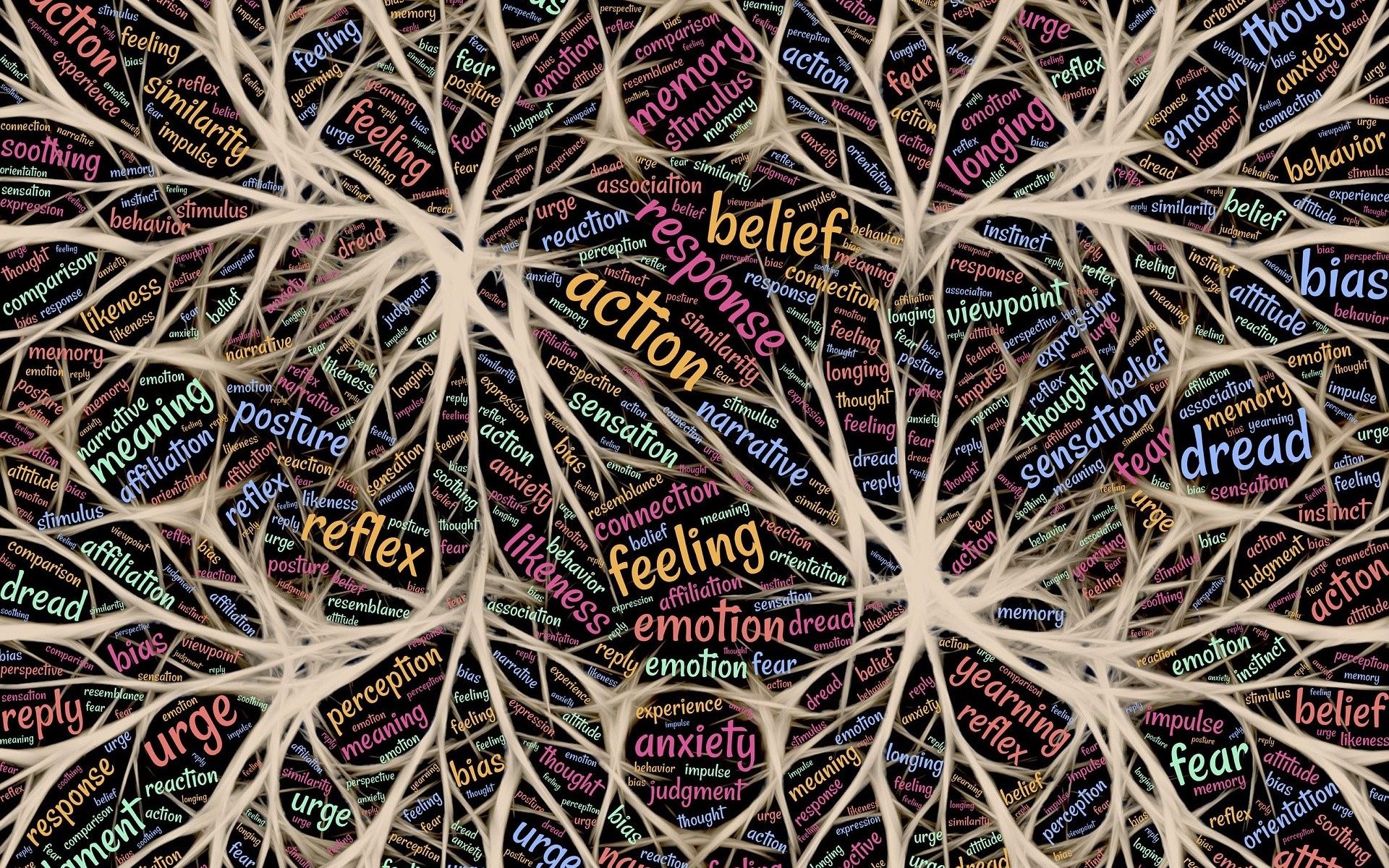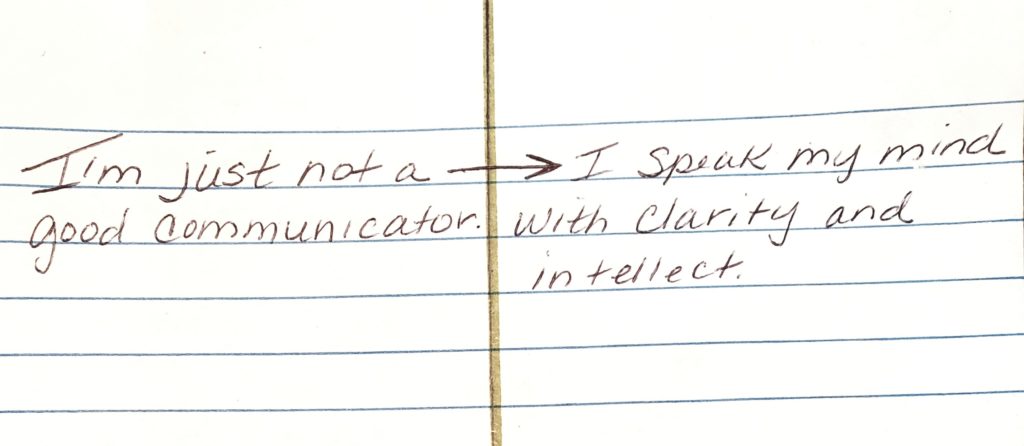What does it mean to be confident?
When you experience confidence, you exhibit and elicit a positive mindset, free from the negative perceptions of worry and doubt. The fundamental essence of confidence is trust. With confidence, you have a firm belief that an event or person can be relied upon and when that person is yourself, it is termed self-confidence.
There is a vast amount of research supporting a relationship between confidence and happiness. For example, a 2014 study of 200 students found that the increase in self-esteem provided enhancement to happiness.
Here are 8 Strategies to help you to build confidence:
- TAKE ACTION: Lacking confidence can make you feel stuck, like a poet without a muse. Moving forward with some type of action, even if small in scope, creates a new sense of freedom. Any action will likely expose you to new possibilities and as physics dictates, “an object in motion tends to stay in motion.” The action will be a catalyst for more action, fostering a “snow ball” effect. Making a commitment to move forward is key, so make a list of potential first steps, then choose one and do it.
- USE POSITIVE AFFIRMATIONS: We tend to think with a negative bias. Another words, unpleasant thoughts, emotions, or social events have a greater effect on one’s psychological state than positive things. This can lead to adverse contemplation and information processing. To counter this effect, we can make a conscious effort to think good thoughts and value what is working in our lives. The use of positive affirmations (statements) are a proven method of self-improvement. Simply state or write the positive affirmation out loud and with conviction, several times a day.
- ACT CONFIDENT: Just as smiling can make you feel happy, acting confident can generate the feeling of confidence. You can fake it til you make it. This may require dressing for success and observing your body language. Make a point to maintain a straight, erect posture while maintaining good eye contact with others. Consider the traits of someone you deem confident and adopt them.
- JOURNAL FORMER SUCCESSES: The act of laying down one’s thoughts to paper is an ancient tradition dating back hundreds of years. Writing can eradicate those blockages of the mind while providing a more positive understanding of ourselves and the world around us. Procure a notepad or booklet that speaks to you, perhaps with a special design. Choose a comfortable location that is peaceful and private. Begin a list accomplishments and positive outcomes from the past, then make a point to review the list every day.
- VISUALIZE: As previously stated, the human brain can lack the ability to differentiate between what is real and what is imagined. Seeing is believing and believing is seeing. Creative visualization is a process that can rapidly accelerate any achievement and take our potential to a whole new level. Take the time to imagine an optimum scenario and let it play out in your mind bringing you a sense of clarity and purpose. Practice your “dress rehearsal” several times a day and allow the affiliated emotions to flow.
- HIRE A PERSONAL (LIFE) COACH: A personal coach will be an advocate and will focus on strengthening the personal perspective. A coach can help to “raise the bar,” enabling the client to increase expectations of themselves and the situations they encounter. A coach will fortify a client’s foundation, providing a revised sense of focus and understanding. With the advent of the internet, coaching can be done remotely. Consider doing a bit of research and making contact with a reputable, certified coach.
- LOSE THE FEAR TO FAIL: Fear of failure is a powerful emotion that can stop you in your tracks. But what if we look at it differently? What if failing was simply a powerful catalyst for change? If we can reframe failure as the opportunity to learn and grow, we can view life as an adventure in contrast, accepting what is. Losing attachment with an outcome and trusting the flow of life, enhances our ability to feel good about ourselves and our world.
- VALUE SELF: Self-love and self-care are not egocentric, narcissistic, arrogant, or conceited. Love of self is not just a feeling but an action. It requires a kindness and nurturing of body, mind, and soul. Think of someone that you truly adore and let the feeling of love permeate you. Now take that blissful feeling and turn it towards yourself.
Confidence isn’t easily achieved overnight. Confidence can ebb and flow with the tides of life. It can take years and even decades to develop. You can be on top of the world until a situation or person sucks the life right out of you. It is similar to trust in that both beliefs are aligned with firm foundations in the traits of ability, reliability and strength. Confidence in someone or something familiar may be based on similar past events. For example, if a friend has enacted a betrayal of any sort, the natural human instinct is to mistrust that person or lack confidence that they have the ability to provide for your safety. In the latter case, confidence or trust in that person must be rebuilt. And although promises are nice, a new pledge of allegiance may not suffice. The proof is in the pudding. After a betrayal, consistent action is required, along with accountability, honesty, and a compassion for forgiveness.
Yet, confidence in a new situation or person may be more ingrained in the personality, likely learned in childhood. There are a variety of childhood experiences that may contribute to a child’s mistrust and lack of confidence. These absorbed core beliefs learned in childhood can be easily be carried into adulthood. Any painful past event, even just one, can leave scars that cause a person to build walls around their heart for a lifetime, to protect themselves from future pain. This makes it difficult to trust, to have confidence.
The good news is that confidence for yourself, another, or a situation can be healed and rebuilt. The key to confidence is always trusting that you have your back. Whatever situation occurs, you have the ability to not only adapt, but to thrive. Using strategies outlined here, we can have hope in a future for ourselves that is free of doubt and worry.







